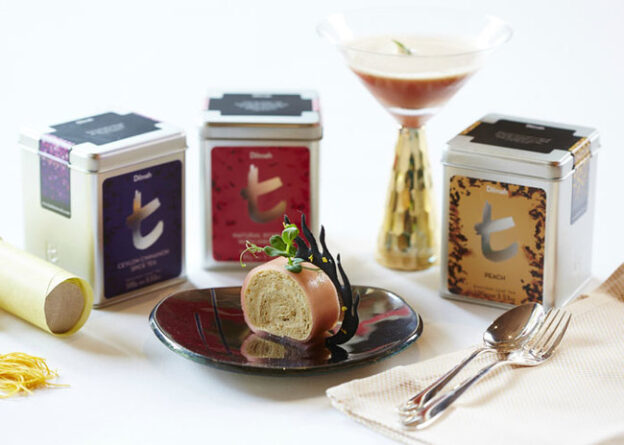Introduction to Tea Gastronomy
For years, chefs have infused tea’s aromatic flavours into food. Tea can be used as a marinade, rub, smoking ingredient or added directly to the cooking pot to impart dimension, depth and subtlety to familiar dishes. Many chefs claim that tea’s tannins help to tenderize meats in a manner similar to red wine.
The possibilities of tea and cooking are endless. These days, tea can be used in dips, dressings, jellies, jams, sorbets and sauces. The Chinese have used black tea to flavour and colour hard boiled eggs, or to smoke duck. Jasmine tea is often used to mask the fishy scent of seafood dishes. Contemporary cooking sometimes employs green tea’s distinct taste to lend another flavour dimension to meats. Glazes can be added with ground Oolong tea; dried seafood can be rehydrated in herbal and green tea and fish can be poached in black or green tea.
Earl Grey tea has also been used in crème brûlée desserts and added to plum and apple sauces. Martha Stewart, doyen of gracious living suggests using ground Earl Grey tea to flavour tea cookies. She has even tweaked the recipe of traditional rich custard baked in small cups by replacing the typical flavouring ingredients of vanilla or chocolate with Earl Grey tea. The result? Pots de Crème of Earl Grey tea!
For the budding chef intending to use tea as an ingredient, here are some tips:
Treat it tenderly – tea can burn easily, especially when used as a smoking agent.
Use it judiciously as its flavour contribution can be potent, just like many herbs.
Hence, tea should add new flavour, and not overwhelm the dish. Prepare tea parsimoniously since over-brewing can bring out many bitter polyphenols.
About Instructor












